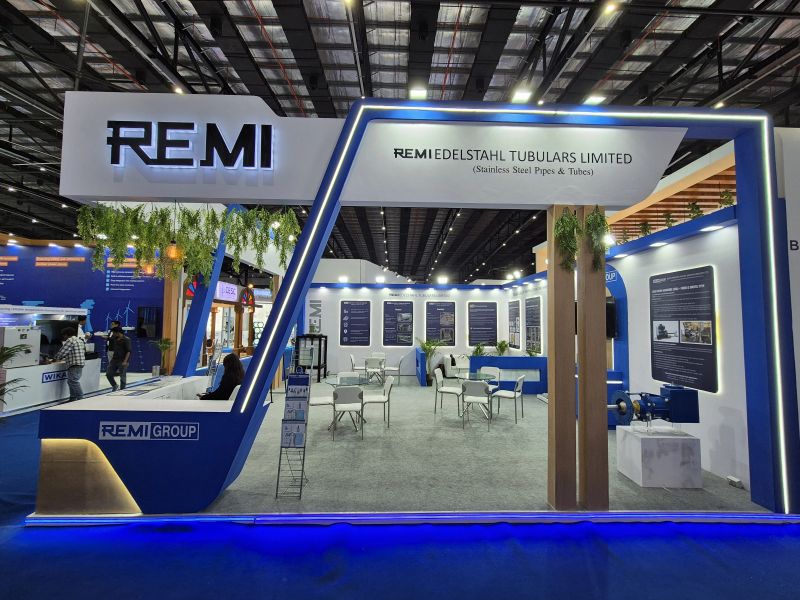
Follow WOWNEWS 24x7 on:
Updated: July 22, 2025 08:08

Eight years after its launch, India's Goods and Services Tax (GST) remains a work in progress. While it unified the country's indirect tax system under the rubric of "One Nation, One Tax," its current form is plagued by complexity, ambiguity, and compliance expenses—fueling calls for overdue reform.
Points of the Reform Debate
India's GST regime currently has five slabs of 0%, 5%, 12%, 18%, and 28%, and a compensation cess.
Experts recommend bringing the 12% and 18% slabs together into a single 15% rate to prevent confusion and improve compliance
The GST Council is also likely to phase out the compensation cess by March 2026, which was originally to continue until 2022
Regular rate changes and product re-categorizations—such as several slabs per type of popcorn—have eroded the promise of simplicity
Compliance is an issue, especially for MSMEs, with technology-driven processes and repeated procedural changes
Structural and Political Challenges
There are still problems in states regarding fiscal centralization and payment of compensation arrears
Public Accounts Committee called for introduction of new GST 2.0 on grounds of inadequate CAG audits and procedural burden
GST Appellate Tribunal remains to be fully operational, with resolution of disputes being delayed
The Road Ahead
Rationalizing slabs, simplifying exemptions, and raising technology-driven compliance are the ways to revive GST's credibility
A linear, orderly structure would augment business simplicity and empower India's $5 trillion economy vision
Sources: Business Standard, Policy Circle, CAclubindia, Frontline (The Hindu), ClearTax




